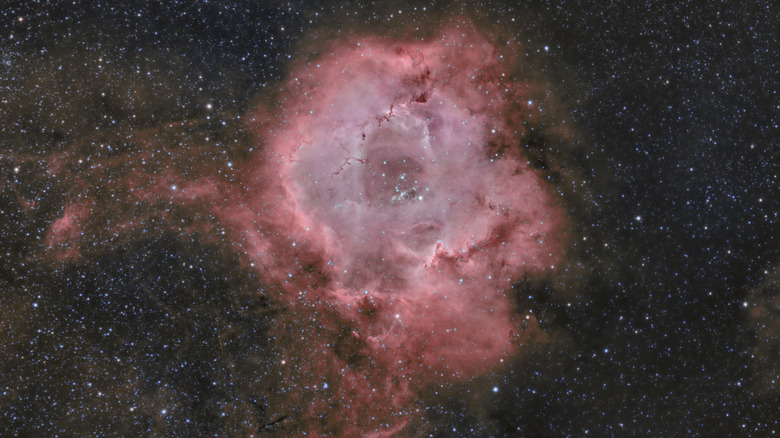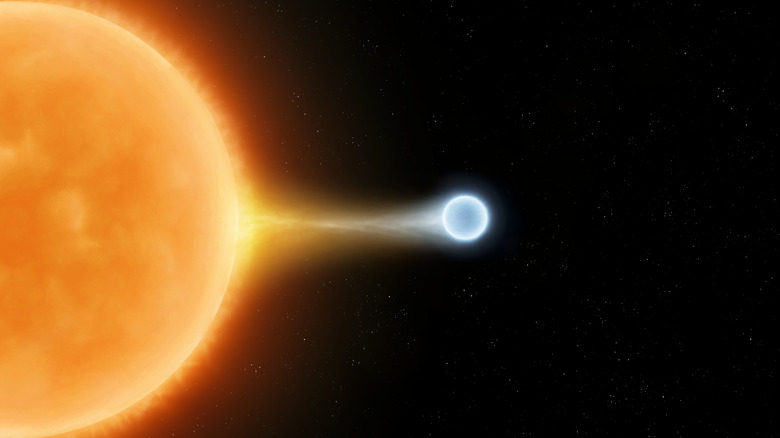
The next time you use your phone, you should raise your eyes to the skies and say thanks to ... a dying star. More specifically, you should thank the explosions that happen on a class of celestial bodies known as white dwarfs. Scientists have long pondered where all that lithium that powers our phones and much else of the modern world comes from. This might seem strange, as lithium was one of only three elements that were created in the first moments after the Big Bang, the others being hydrogen
and helium. However, the lithium produced was only a trace amount, and when astronomers looked at older stars, they found that there was even less lithium than expected. This discrepancy can be explained by the tendency of larger stars to pull lithium inwards towards the star's core, where it's destroyed.
Yet, when scientists study younger stars, the reverse is found to be true -- these stars have far more lithium than previous generations. This begs the question -- where does all this lithium come from? The smoking gun was found when data from a nova dating from December 2013 was recently re-analyzed by scientists. The re-analysis happened after it was discovered that the white dwarf was nearer than originally thought, which brought it into a range where meaningful data could be pulled from the observation. Let's shine a light on how explosions on distant white dwarf stars are helping to make the lithium-ion batteries that are possibly powering the device you're reading this on.
Read more: After This 40V Ryobi Battery Exploded, Check That You're Storing Yours Right
How Novas Produce Lithium

A white dwarf forms when a star about the same size as the sun has burned through all its nuclear fuel. At this stage, the outer and lighter layers of the star are expelled to form a planetary nebula, and what is left behind is the dense inner core. This is the white dwarf. In most cases, a white dwarf will be part of a binary or multiple star system. It's estimated that about 85% of all stars exist in such systems. This is lucky for our smartphones and other electrical devices, because the nature of this relationship can cause thermonuclear explosions known as novae. Put simply, a nova occurs when a white dwarf gravitationally accumulates excess material from a neighboring star. This causes pressure and heat to rise on the surface until all that tension gives way in a massive, ring-shaped explosion.
It was the observation of such an explosion by the European Space Agency's International Gamma-ray Astrophysics Laboratory in 2013 that solved the lithium puzzle. Recent re-examination of the data confirmed the presence of gamma rays carrying an energy of 478 kiloelectron volts. While this might seem like a random fact, this is the energy level that gamma rays produce when beryllium-7 decays radioactively into lithium-7. The amount of lithium produced was measured in solar mass units, where one solar mass is equivalent to the mass of the sun. Using this scale, it was estimated that the nova produced lithium totaling 100 millionths of a solar mass. Enough to power a smartphone or two.
Want the latest in tech and auto trends? Subscribe to our free newsletter for the latest headlines, expert guides, and how-to tips, one email at a time.
Read the original article on SlashGear.











